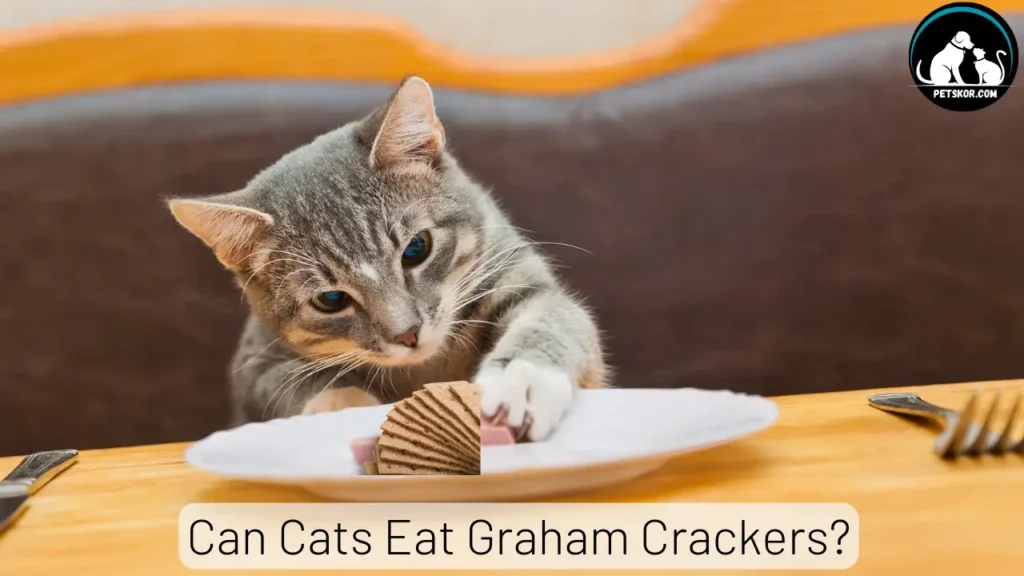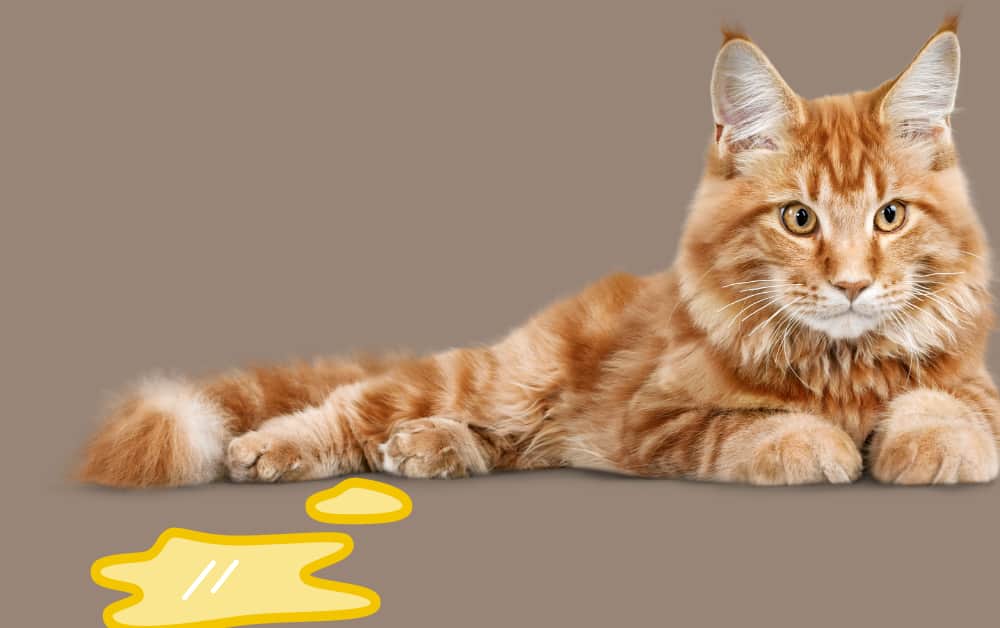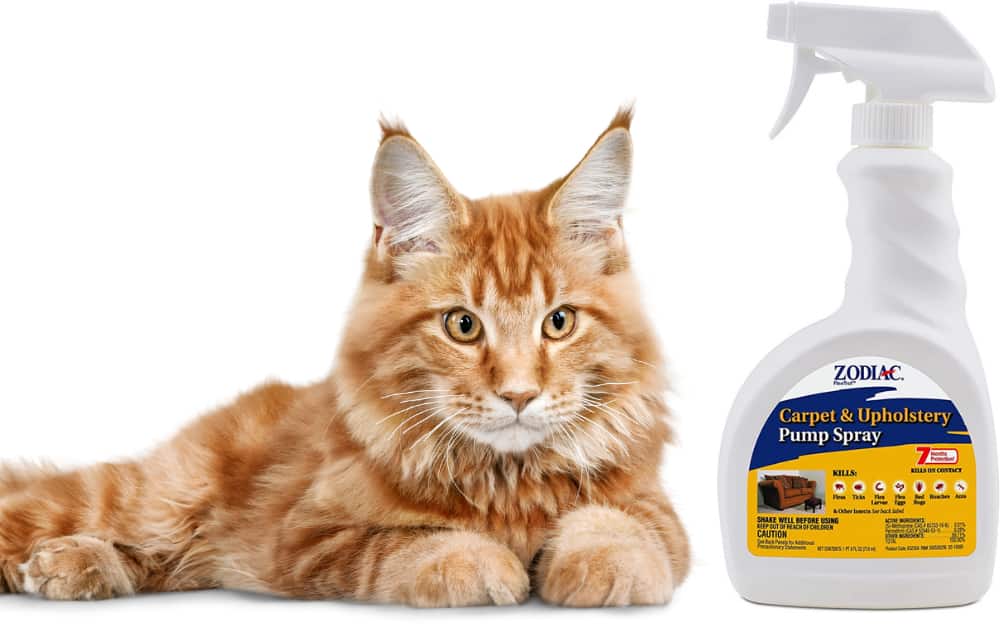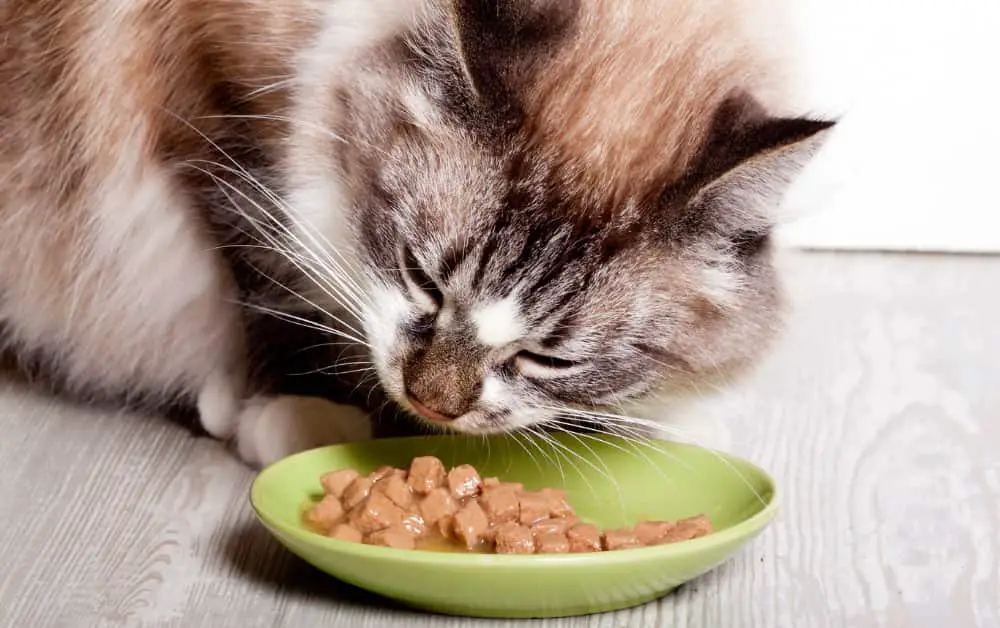Cats, with their discerning palates and sometimes mysterious dietary preferences, often prompt curiosity about what they can or cannot safely consume. Can cats eat graham crackers?
Graham crackers, those sweet, crispy delights often found nestled in lunchboxes or enjoyed with a warm cup of cocoa, are a common snack in many households. But when it comes to sharing our snacks with our feline companions, caution flags often fly.
Are graham crackers a permissible treat for our curious kitties, or should they remain solely a human indulgence? Let’s delve into the nuances of feline nutrition and explore whether these crunchy snacks are a safe addition to our cat’s diet.
Can Cats Eat Graham Crackers?
Cats should not eat graham crackers. While a small amount might not be immediately harmful, graham crackers contain ingredients like sugar and other additives that are not part of a cat’s natural diet. Feeding graham crackers to cats regularly can lead to digestive issues, obesity, and other health problems.
It’s best to stick to cat food and treats specifically formulated for feline nutrition. If you’re looking for a treat for your Kitto, there are plenty of safe options available at pet stores.
Nutritional Content of Graham Crackers
Before determining whether cats can eat graham crackers, it’s essential to examine their nutritional composition. Graham crackers typically consist of whole wheat flour, sugar, oil, and other additives.
While these ingredients may offer energy and flavor to humans, they may not necessarily meet the dietary requirements of cats.
Felines are obligate carnivores, meaning their diet primarily consists of meat. They have specific nutritional needs, including high levels of protein and certain vitamins and minerals, which may not be adequately met by graham crackers.
The sugar content in graham cracker for cats can be problematic for cats, as they lack the necessary enzymes to digest carbohydrates efficiently.
Risks of Feeding Graham Crackers to Cats
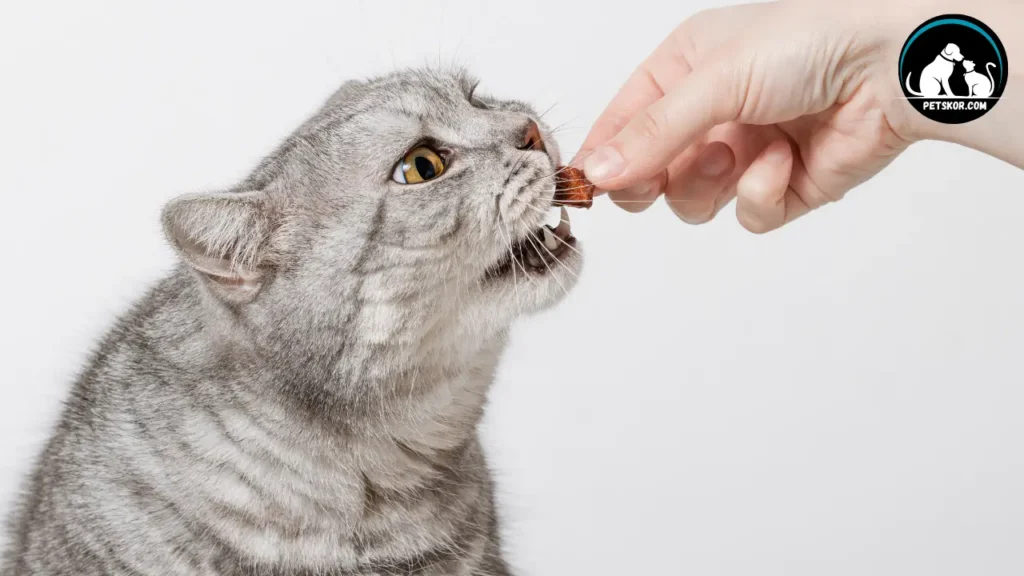
Feeding graham crackers to cats can pose several risks to their health. Firstly, the ingredients in these crackers, such as wheat and sugar, may lead to digestive issues in cats.
Consumption of foods that cats are not biologically designed to process can result in stomach upset, diarrhea, or even more severe gastrointestinal problems.
Are Graham Crackers safe for cats? Cats may have allergies or sensitivities to certain ingredients commonly found in graham crackers. Even small amounts of these allergens can trigger adverse reactions in sensitive individuals, leading to skin problems, respiratory issues, or other allergic symptoms.
Behavioral Implications
Apart from the potential health risks, feeding graham crackers to cats can also have behavioral implications. Introducing unfamiliar foods into a cat’s diet may disrupt their eating habits and preferences.
Cats are creatures of routine, and sudden changes to their diet can cause stress or anxiety, affecting their overall well-being.
Furthermore, offering graham crackers as treats may encourage cats to develop unhealthy eating habits. Cats may start to associate these snacks with positive reinforcement, leading to overconsumption and potential weight gain.
Obesity is a significant concern among domestic cats and can lead to various health problems, including diabetes and joint issues.
Related Post: Can Cats Eat Imitation Crab?
Safe Alternatives to Graham Crackers For Cats
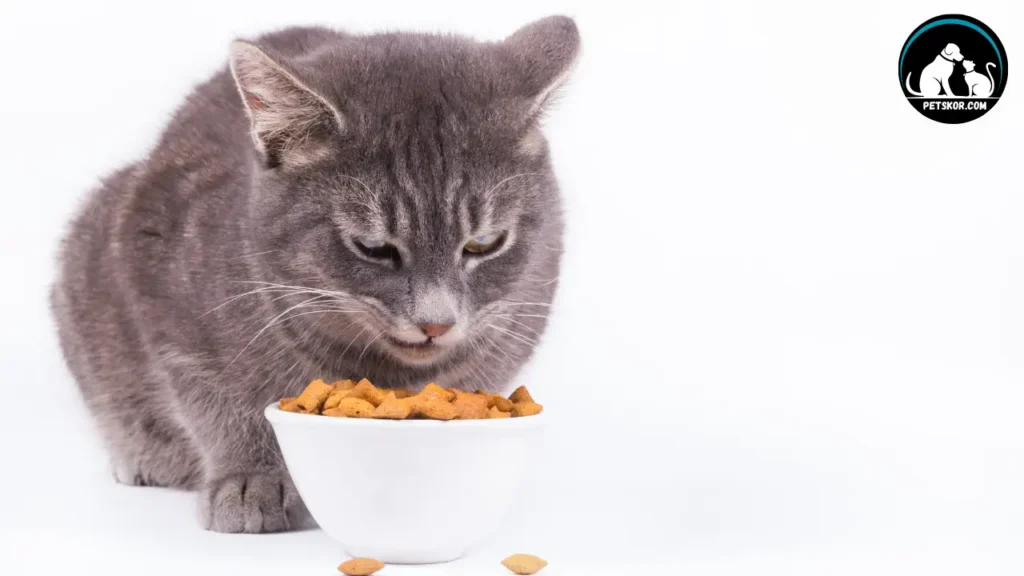
- Homemade Cat Treats: Use ingredients like canned tuna or salmon, eggs, and flour to bake simple treats.
- Plain Rice Crackers: Option for plain varieties without any added flavorings or seasonings.
- Baked Sweet Potato Slices: Bake sweet potato slices until crispy for a healthy snack option.
- Oatmeal Cookies: Make cookies using oats, mashed banana, and water or milk, without added sugar.
- Coconut Flour Biscuits: Combine coconut flour with water or canned tuna juice to make biscuits.
Cats Dietary Restrictions
Cats have unique dietary needs shaped by their evolutionary history as obligate carnivores. This means their diet primarily consists of meat, and they have specific dietary requirements that differ from omnivores or herbivores.
Understanding these dietary restrictions is crucial for ensuring a cat’s optimal health and longevity.
- Carnivorous Nature:
- Cats are obligate carnivores, meaning their diet must predominantly comprise animal-based proteins to meet their nutritional needs. Their bodies have evolved to efficiently digest and utilize nutrients from meat sources.
- Protein Requirements:
- Protein is essential for cats as it provides essential amino acids necessary for various bodily functions, including muscle maintenance, immune system support, and hormone production. Insufficient protein intake can lead to health issues such as muscle wasting and compromised immune function.
- Taurine:
- Taurine is an amino acid found primarily in animal tissues, particularly in meat. It’s critical for maintaining healthy eyesight, heart function, and reproductive health in cats. A lack of taurine in their diet can result in serious health problems, including vision impairment and heart disease.
- Fat and Essential Fatty Acids:
- Felines require adequate amounts of fat in their diet for energy and to absorb fat-soluble vitamins. Additionally, essential fatty acids like omega-3 and omega-6 play crucial roles in maintaining skin and coat health, as well as supporting immune function.
- Limited Carbohydrates:
- Unlike humans and some other animals, cats have limited ability to digest carbohydrates efficiently. Their digestive systems are optimized for processing proteins and fats, not carbohydrates. High-carbohydrate diets can lead to obesity, diabetes, and other health issues in cats.
- Water Intake:
- Felines have a relatively low thirst drive compared to other animals, stemming from their desert-dwelling ancestors. Therefore, it’s essential to provide them with a diet that includes moist food or encourages adequate water intake to prevent dehydration and support kidney function.
- Avoidance of Certain Foods:
- Some foods that are safe for humans or other pets may be harmful or toxic to cats. These include ingredients like onions, garlic, chocolate, caffeine, alcohol, grapes, raisins, and xylitol, among others. It’s vital to be aware of these potential dangers and avoid feeding them to cats.
Related Post: Can Cats Eat Anchovies?
Cats Digestive Sensitivity
Cats can indeed experience digestive sensitivity, which can manifest in various ways. Just like humans, they can have reactions to certain foods or environmental factors that affect their digestive system. These sensitivities can lead to discomfort and health issues if not addressed properly.
One common sign of digestive sensitivity in felines is vomiting and diarrhea. If you notice your cat frequently vomiting or having loose stools, it could indicate a problem with their digestive tract. These symptoms may occur due to food intolerances, allergies, infections, or other underlying health conditions.
Changes in appetite can also signal digestive issues in cats. A sudden decrease or increase in appetite, or even reluctance to eat, may indicate that your cat is experiencing discomfort or pain in their digestive system. Weight loss or gain may accompany these changes in appetite, depending on the severity and duration of the digestive problem.
Lethargy or lack of energy in cats can be linked to digestive sensitivity. If your cat seems unusually tired or uninterested in their usual activities, it could be a sign that they’re not feeling well due to digestive issues. Monitoring your pet’s behavior and energy levels can help you detect any potential problems early on.
Observing your cat’s litter box habits is crucial for identifying digestive issues. Changes in the color, consistency, or frequency of your cat’s stool can indicate underlying problems with their digestive health.
Excessive flatulence or bloating may also be signs of digestive sensitivity, though these symptoms can sometimes be challenging to notice.
If you suspect that your cat has digestive sensitivity, it’s essential to consult with your veterinarian. They can perform a thorough examination, including diagnostic tests if necessary, to determine the underlying cause of the issue.
Depending on the diagnosis, your vet may recommend dietary changes, medications, or other interventions to help manage your Kitto’s digestive health and improve their overall well-being.
FAQs
Can cats have a small bite of graham crackers occasionally?
While a tiny amount of graham crackers may not immediately harm your cat, it’s best to avoid feeding them any human snacks regularly. Stick to treats specifically formulated for cats to ensure their nutritional needs are met.
What if my cat accidentally eats a graham cracker?
If your cat ingests a small amount of graham cracker accidentally, monitor them for any signs of digestive upset or allergic reaction. Contact your veterinarian if you notice any concerning symptoms.
Are there any cat-safe alternatives to graham crackers for treats?
Yes, there are plenty of cat-safe treats available commercially or recipes for homemade treats that are both safe and nutritious for cats. Consult your veterinarian for recommendations.
Can kittens eat graham crackers?
Kittens have even more delicate digestive systems than adult cats and should only consume food specifically formulated for kittens. Avoid offering them any human snacks, including graham crackers.
How can I train my cat to enjoy healthy treats instead of graham crackers?
Training your cat to enjoy healthy treats can be a rewarding experience. Start by offering small amounts of the new treats alongside their regular food and gradually increase the proportion over time.
Positive reinforcement, such as praise or playtime, can also help encourage your cat to accept the new treats.
Final Thoughts: Can Cats Eat Graham Crackers?
In conclusion, while graham crackers may be a delicious snack for humans, they are not suitable for cats. The nutritional composition of these treats, coupled with the potential health risks and behavioral implications, make them an unsuitable choice for feline consumption.
It’s essential to prioritize your cat’s health and well-being by offering them a balanced diet tailored to their specific needs.

